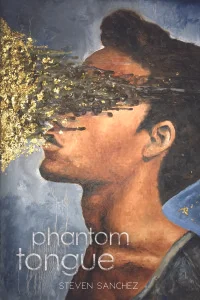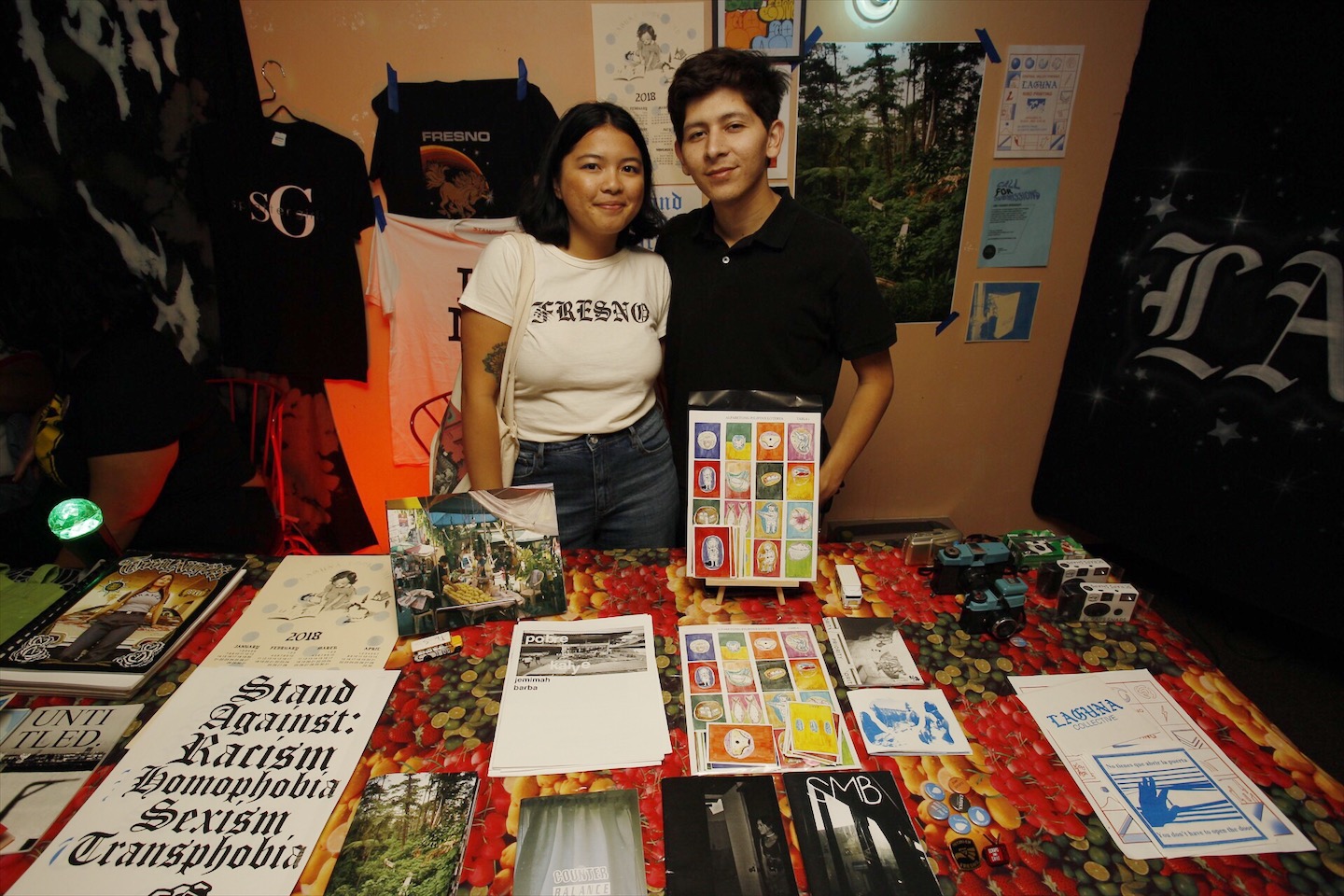marginalized writers are not monolithic and our own relationship to writing will continue evolving…
Read MoreCover Art by Guadalupe Ramirez. Image via Sundress Publications.

Cover Art by Guadalupe Ramirez. Image via Sundress Publications.
marginalized writers are not monolithic and our own relationship to writing will continue evolving…
Read More
Photo captions by Barba.
My partner and I in Bakersfield for their First Friday in January 2018.
Paper, pen, stapler. Your voice.
Read More
Photograph by Nancy Mankin
Courtesy of Anthony Hudson/Carla Rossi
Obviously I was head over heels for THE VVITCH and the coven in that. MALEFICENT is another hero of mine and I still can't believe that Disney made her film anti-patriarchy rape survival story. I love Faye Dunaway in SUPERGIRL as the witch who lives in a funhouse. My very favorite kind of witches are the earthy Satanic dirt witches who live on the outskirts of society and exist solely to terrify and oppose men—women like Meg Foster in LORDS OF SALEM, the witch in the '80s classic SUPERSTITION (it's amazing, try to find it and watch it!), and Gaga in AMERICAN HORROR STORY. I personally identify as a Satanic feminist witch and these ladies give me life. But so do the Sanderson Sisters in HOCUS POCUS. From the witches of childhood stories to the witch heroes in the movies I love today, I can't get enough of powerful women existing in spite of society, being fabulous, and twisting mens' folly to their will. And, like I and three other drag queens endlessly argued over in our intro to THE CRAFT, I am indeed the Nancy.
Read More
Jason Gray
Queerness poses a special problem in the office because it’s about more than just being different. It stands as a disruption to a complacent "normal" that’s all too filled with sexist, racist or classist underpinnings. The corporate workplace seems to be predicated on a uniformity of style and sense of productivity. Does success in that corporate realm come at the expense of queerness?
Read More
Photo credit to: Haoyan of America
After that performance, I was exhausted. Having been accustomed to keeping my emotions to a minimum, this act of defiance took a lot of out of me. For the next few years, I kept trying to return to the metaphor of landscape with varying results. I became reluctant to confront the pain that was bubbling beneath the surface. This reluctance showed in my work.
When I moved to New York in 2013, the intensity of the city forced my hand: I had to deal with my immediate anxieties and continue to sort through my trauma and grief. I developed an isolated, meditative practice, in which I laid out huge pieces of canvas on my bedroom floor and marked them to oblivion with charcoal and pastels. The calm that I achieved from such physical, repetitive work was absolutely necessary to my survival in the city.
Read More